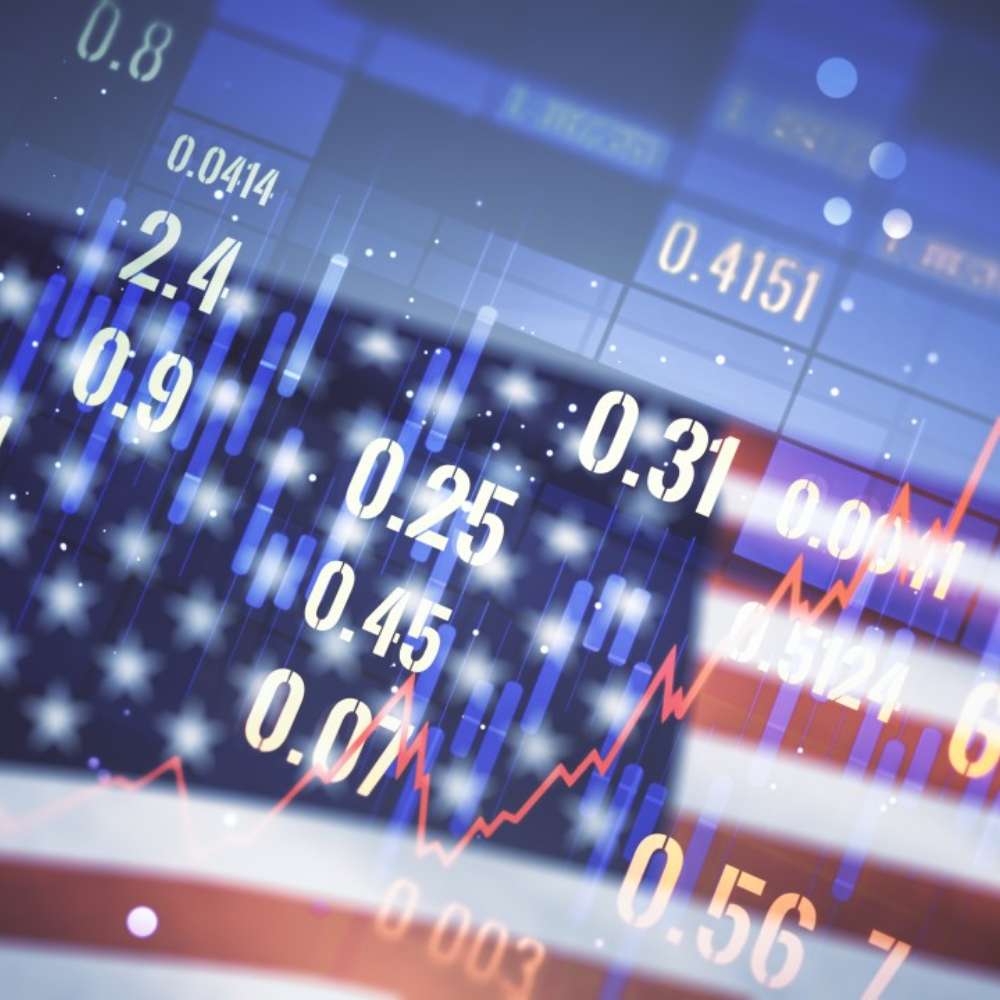US Economy Shows Resilient Growth in 2024
The US economy continued to show strength in 2024, growing by 2.5% over the past year, according to new figures released by the Commerce Department. The data compares the fourth quarter of 2024 to the same period in 2023, showcasing strong consumer spending and a solid labor market as key drivers of growth. Consumer spending, which represents around 70% of the US economy, played a pivotal role in sustaining this growth, alongside business investment. However, the final months of the year saw a decline in business investment, signaling some areas of concern.
The economy expanded at an annualized rate of 2.3% in the fourth quarter, slightly below economists’ expectations of 2.4%, based on data from FactSet. Gross Domestic Product (GDP), which is the broadest measure of economic output, remained strong despite this minor miss. Ellen Zentner, Chief Economic Strategist at Morgan Stanley Wealth Management, remarked that the fourth-quarter data capped off a surprisingly strong year, attributing the growth to wealth creation, a stable labor market, and access to lending.
Consumer Spending Boosts Economic Activity
A notable feature of the fourth-quarter economic performance was a surge in consumer spending, which accelerated to a 4.2% annual rate. This marked an increase from the previous quarter’s rate of 3.7%. There was a significant rise in the purchase of durable goods, such as furniture and cars, with spending on these items jumping by 12.1%. Experts believe that this uptick may be linked to consumers rushing to purchase items ahead of potential price hikes due to upcoming tariffs announced by former President Donald Trump, which were set to take effect in February. Additionally, lower short-term interest rates may have further incentivized consumer purchases.
Despite the consumer boost, there were concerns surrounding business investment. Nonresidential fixed investment, which reflects how much businesses are spending on their operations, contracted by 2.2% in the fourth quarter, a sharp decline from the 4% growth in the previous quarter. Robert Frick, corporate economist at Navy Federal Credit Union, suggested that businesses may have been cautious in their spending due to the economic uncertainty surrounding the new presidential administration.
Challenges and Uncertainty Ahead
Looking ahead, the US economy is expected to continue its expansion in 2025, though uncertainties loom due to potential policy shifts under the incoming administration of President Donald Trump. Trump, beginning his second term, has promised significant changes, including tax cuts, regulatory reforms, and tariffs aimed at bolstering US manufacturing and reshoring economic activity. Economists believe these measures could support growth but also raise concerns about inflationary pressures, especially as the labor market shows signs of cooling and nominal income growth slows.
Trump’s aggressive immigration policies, particularly mass deportations, also pose a potential risk to the economy, as they could create challenges for employers reliant on migrant labor. While concerns about economic growth are limited, there are fears that Trump’s policies could stoke inflation, potentially affecting everyday Americans and complicating the Federal Reserve’s ability to manage interest rates in the coming months.







